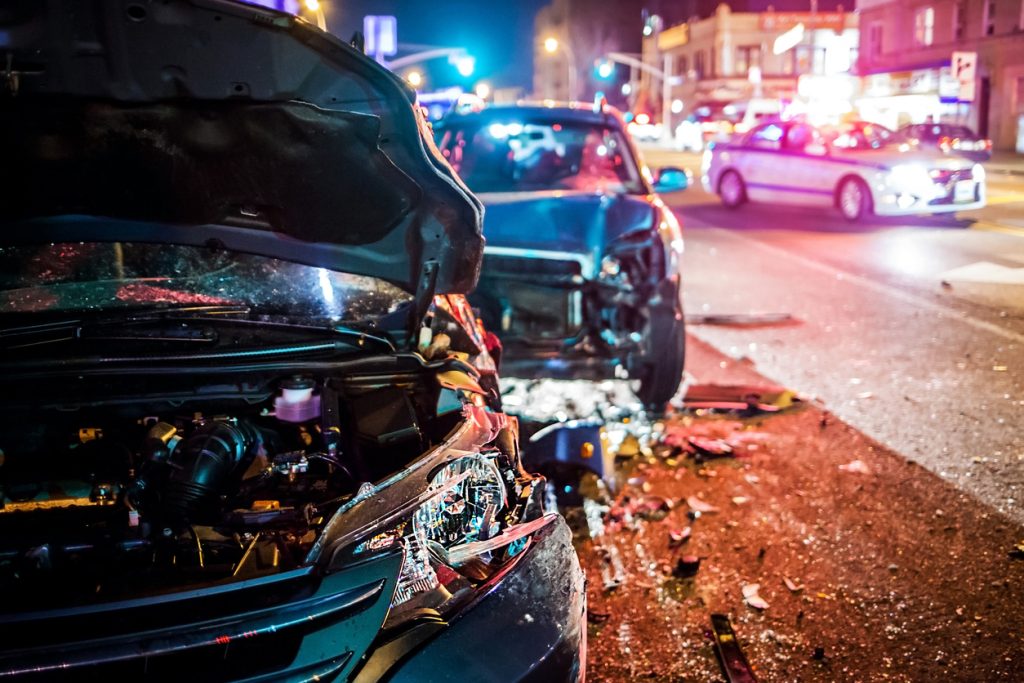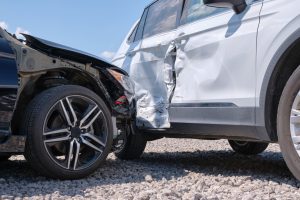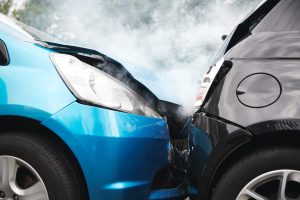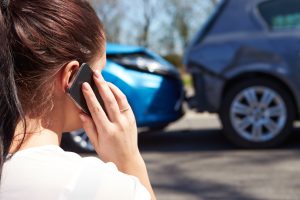New York, known for its bustling streets and dense traffic, sees a variety of car accidents every year. Understanding the common types of car accidents in this state can help drivers stay vigilant and take preventive measures. In this article, we'll explore the different types of car accidents that frequently occur in New York, their causes, and how to avoid them.
Rear-End Collisions
Causes
Rear-end collisions are among the most common types of car accidents in New York. These accidents occur when one vehicle crashes into the back of another. Common causes include:
- Distracted Driving: Drivers who are texting, eating, or using a GPS are more likely to fail to notice the vehicle in front of them slowing down or stopping.
- Tailgating: Following another vehicle too closely reduces the reaction time needed to stop safely.
- Sudden Stops: Unexpected stops by the leading vehicle can catch the following driver off guard, especially if they are not maintaining a safe distance.
- Weather Conditions: Rain, snow, and ice can make roads slippery, increasing the stopping distance required to avoid a collision.
Prevention
- Stay Focused: Avoid distractions while driving and keep your attention on the road.
- Maintain Distance: Keep a safe distance from the vehicle in front of you to allow ample time to react.
- Drive Cautiously in Bad Weather: Slow down and increase your following distance during adverse weather conditions.
Side-impact collisions (T-bone accidents)
Causes
Side-impact collisions, often referred to as T-bone accidents, occur when the front of one vehicle crashes into the side of another. These accidents typically happen at intersections and can be caused by:
- Running Red Lights or Stop Signs: Drivers who fail to obey traffic signals or stop signs can cause severe side-impact collisions.
- Speeding: Excessive speed can lead to a loss of control, making it difficult to stop in time to avoid a collision.
- Failure to Yield: Drivers who do not yield the right of way at intersections or when making turns can cause T-bone accidents.
Prevention
- Obey Traffic Signals: Always adhere to traffic lights and stop signs.
- Slow Down: Reduce your speed, especially when approaching intersections.
- Yield Right of Way: Respect other drivers' right of way to avoid potential collisions.
Head-On Collisions
Causes
Head-on collisions are among the most dangerous types of car accidents, often resulting in severe injuries or fatalities. These accidents occur when two vehicles travelling in opposite directions collide front to front. Common causes include:
- Wrong-Way Driving: Drivers entering a road or highway in the wrong direction can cause catastrophic head-on collisions.
- Drowsy or Impaired Driving: Fatigued or intoxicated drivers are more likely to drift into oncoming traffic.
- Passing on Two-Lane Roads: Attempting to pass another vehicle on a two-lane road without enough clear space can result in a head-on collision.
Prevention
- Stay Alert: Avoid driving when drowsy or under the influence of alcohol or drugs.
- Follow Road Signs: Pay attention to road signs and markings to ensure you are driving in the correct direction.
- Pass Safely: Only pass another vehicle on a two-lane road when you have a clear view and ample space to do so safely.
Sideswipe Accidents
Causes
Sideswipe accidents occur when two vehicles travelling in the same direction collide side to side. These accidents often happen on highways and multi-lane roads due to:
- Lane Changes: Improper or unsafe lane changes, often without signalling, can lead to sideswipe collisions.
- Blind Spots: Failing to check blind spots before changing lanes can result in sideswipes.
- Distracted Driving: Drivers not paying full attention to the road may drift into adjacent lanes.
Prevention
- Use Turn Signals: Always use your turn signals when changing lanes.
- Check Blind Spots: Look over your shoulder and use your mirrors to check for vehicles in your blind spots before changing lanes.
- Stay Focused: Avoid distractions and keep your attention on the road, especially when changing lanes.
Single-Vehicle Accidents
Causes
Single-vehicle accidents involve only one vehicle and can occur due to:
- Speeding: Excessive speed can lead to loss of control, especially on curves or wet roads.
- Driver Error: Misjudgment, overcorrection, or falling asleep at the wheel can result in single-vehicle crashes.
- Road Conditions: Poorly maintained roads, potholes, and debris can cause drivers to lose control.
- Animal Crossings: Sudden appearances of animals on the road can lead to swerving and crashes.
Prevention
- Observe Speed Limits: Adhere to posted speed limits and adjust your speed according to road conditions.
- Stay Alert: Avoid driving when tired and remain vigilant for potential hazards on the road.
- Maintain Your Vehicle: Regularly inspect and maintain your vehicle to ensure it is in good condition.
Multi-Vehicle Pileups
Causes
Multi-vehicle pileups, often referred to as chain-reaction accidents, involve multiple vehicles and are typically seen on highways or in congested traffic. Common causes include:
- Poor Weather Conditions: Fog, snow, ice, and rain can reduce visibility and road traction, leading to pileups.
- Tailgating: Following too closely can cause a chain reaction if the lead vehicle suddenly stops.
- Distracted Driving: Drivers not paying attention can cause rear-end collisions that escalate into multi-vehicle accidents.
Prevention
- Increase Following Distance: Maintain a larger following distance in poor weather and heavy traffic.
- Stay Focused: Keep your attention on the road and avoid distractions.
- Drive Defensively: Be aware of other drivers and anticipate potential hazards.
Rollover Accidents
Causes
Rollover accidents are particularly dangerous and can occur due to:
- Speeding: High speeds, especially around curves, can cause a vehicle to roll over.
- High Center of Gravity: Vehicles with a higher centre of gravity, such as SUVs and trucks, are more prone to rollovers.
- Sudden Maneuvers: Sharp turns, swerving, or overcorrecting can lead to rollovers.
Prevention
- Drive at Safe Speeds: Reduce speed, particularly when navigating curves and turns.
- Avoid Sudden Maneuvers: Make smooth, controlled movements and avoid sudden steering changes.
- Choose the Right Vehicle: If you frequently drive in conditions prone to rollovers, consider driving a vehicle with a lower centre of gravity.
Hiring a Car Accident Lawyer in New York
Car accidents can lead to severe injuries, significant property damage, and complex legal issues. If you are involved in a car accident in New York, hiring an experienced car accident lawyer can help you navigate the legal process, protect your rights, and secure the compensation you deserve.
Why You Need a Car Accident Lawyer
- Expertise: A White Plains lawyer specializing in car accidents understands the intricacies of New York traffic laws and insurance policies.
- Negotiation: They can negotiate with insurance companies on your behalf to ensure you receive a fair settlement.
- Representation: In case of a lawsuit, a lawyer can represent you in court and build a strong case.
How to Choose the Right Lawyer
- Experience: Look for a lawyer with a proven track record in handling car accident cases.
- Reputation: Check reviews and ask for recommendations from friends or family.
- Consultation: Many lawyers offer free initial consultations. Use this opportunity to discuss your case and assess whether the lawyer is a good fit for you.
Conclusion
Understanding the common types of car accidents in New York and taking preventive measures can help reduce the risk of accidents and keep you safe on the road. However, if you find yourself involved in an accident, seeking legal assistance from a skilled car accident lawyer can provide the support and guidance needed to navigate the aftermath and secure the compensation you deserve. Stay vigilant, drive safely, and protect yourself and others from the dangers of car accidents.





















